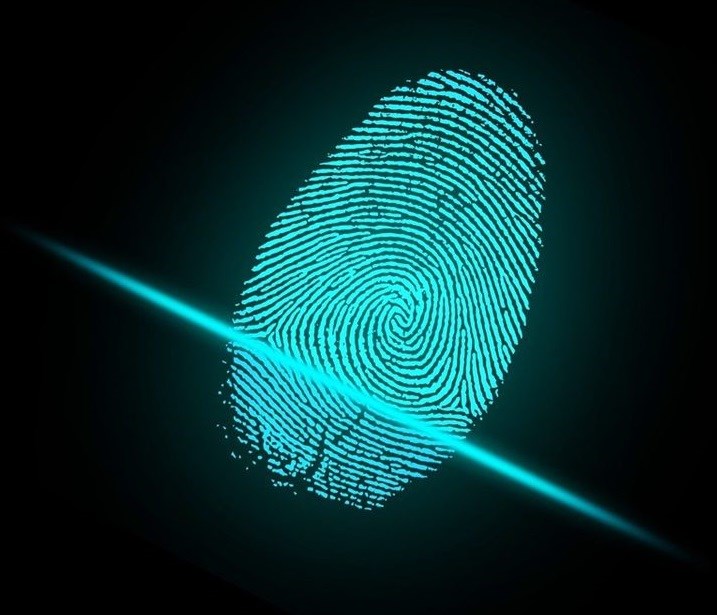"On the Internet, nobody knows you're a dog".
If you’ve been around long enough, you’ve probably run into this famous comic on the net, which sums up the question of digital identity perfectly.
Sure, there have been some changes since the image first appeared in the New Yorker 20-odd years ago – nowadays, the dog is likely to be identified by Facebook and served ads for kennel loans and rubber bones – but the message is as relevant as ever. Your digital aspirations do not equal your offline reality.
Internet scammers and fake personas are more prevalent – and sophisticated – than ever. Just because you play a professor of physics online doesn’t mean you’re not an internet fraudster in real life. According to research, identity theft is estimated to cost South Africans R1bn annually. Our own data finds that half of SA consumers have been victims of identity theft or know someone who has.
Maybe it’s time for an update: “On the internet, nobody knows I’m a bot.”
Throw in technologies like IoT and the question of digital identity gets even more complicated. The rapid convergence of digital and physical means that the lines between our online and offline realities are blurring more and more. We are connected every time we step into a mall and our devices send through push notifications, or when our fitness trackers send our insurance providers digital impressions of our real-life physical activity for rewards.
Eventually, accessing any kind of service is going to mean interacting with some kind of digital interface, whether biometrics, wearables or voice-activated assistants. Digital access has become the foundation of service delivery from financial inclusion to medical attention, and meaningful participation requires a holistic identity that encompasses both worlds.
Consolidating the need for security with user experiences has always been a tightrope walk. Now, we need to find a way to bridge the gap between physical and digital identities completely.
From biometrics to blockchain
How do you consolidate a person’s digital aspirations and their real-life behaviour? It’s possibly one of the most important yet overlooked questions of the Fourth Industrial Revolution, especially for those in the developing world for whom traditional forms of identity – ID, proof of residence, credit history – aren’t always available.
Some are turning to decentralised platforms like blockchain for more secure systems of managing identity that can’t be hacked. Vinny Lingham’s Civic and Identity.com hopes to provide every person with a digital identity that they can use to interact privately and securely with the world.
For others, the key lies in giving consumers the power to share as much or as little data as they are comfortable with to access different levels of service – known as self-sovereign identity. Absa Group is the first South African bank to join the global Sovrin Foundation, gaining access to a technology platform to build sophisticated self-sovereign digital identity capabilities for its employees and clients. Meanwhile, Gov.UK is a platform that gives users control of their own identities and how much personal data they are comfortable trading for greater access to different services.
Biometrics is set to be a big game-changer, offering increasingly more intuitive ways of verifying an identity that doesn’t rely on hard-to-remember passwords. In the US, Uber uses facial recognition technology to verify its drivers are who they say they are, improving passenger safety in the process.
Our approach at TransUnion is a dynamic one. It incorporates various strategies and technologies, from giving consumers more control and transparency of their own data, through solutions like TransUnion’s TrueIdentity and IOVATION through to alternative data models that make use of AI and machine learning.
Overwhelmingly, cellphones are the most prevalent technologies where our online behaviour and offline realities converge. From playing Candy Crush and posting on social media to online shopping and real-world communication, they provide the most complete picture of who a person is across all of their realities. That’s why our own strategies at TransUnion centre so strongly on the unique insights we can get from mobile devices.
Thinking beyond the password
If data is the new oil, then digital identity is the currency we use to trade with it. It’s time for us to start treating it as the hub around which to offer services and extract relevant data rather than risk a management headache. That means treating it as a strategic differentiator.
Take India’s Aadhaar as an example. The initiative has been a shining example of a national identity programme, enrolling more than 1.2 billion people (nearly 90% of the population) since 2010. The platform is now used for all kinds of services like registering businesses, acquiring bank accounts, and formalising assets.
Importantly, Aadhaar was designed as a platform for innovation that could change over time. The functionality of what you can do keeps expanding, thanks to a collection of open APIs called India Stack, which government agencies, businesses, and developers use to build new solutions.
The Department of Home Affairs is busy with its own Automated Biometric Identification System (ABIS), a real-time identity platform used to capture the living, changing identities of South Africans. Aadhaar offers a roadmap for ABIS, both as a case study of an evolving system that responds to change and as a source of inspiration for organisations looking to deliver more secure, frictionless services to users.
Investing in smarter digital identity technologies and analytics means not only protecting yourself from fraud and risk, but opening new opportunities for growth and service delivery. Ultimately, it’s worth keeping in mind that identity in a changing world is dynamic and multi-layered, therefore your organisation’s approach must also be.


















